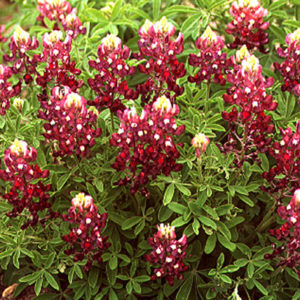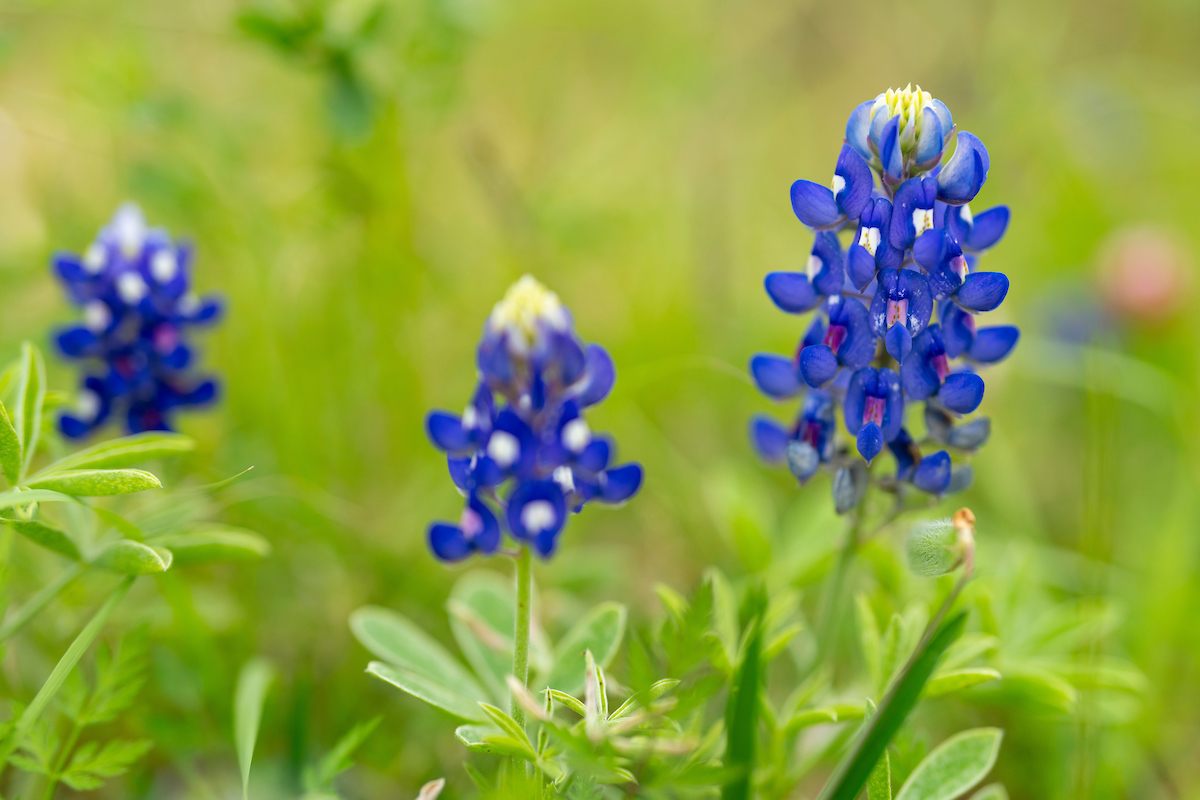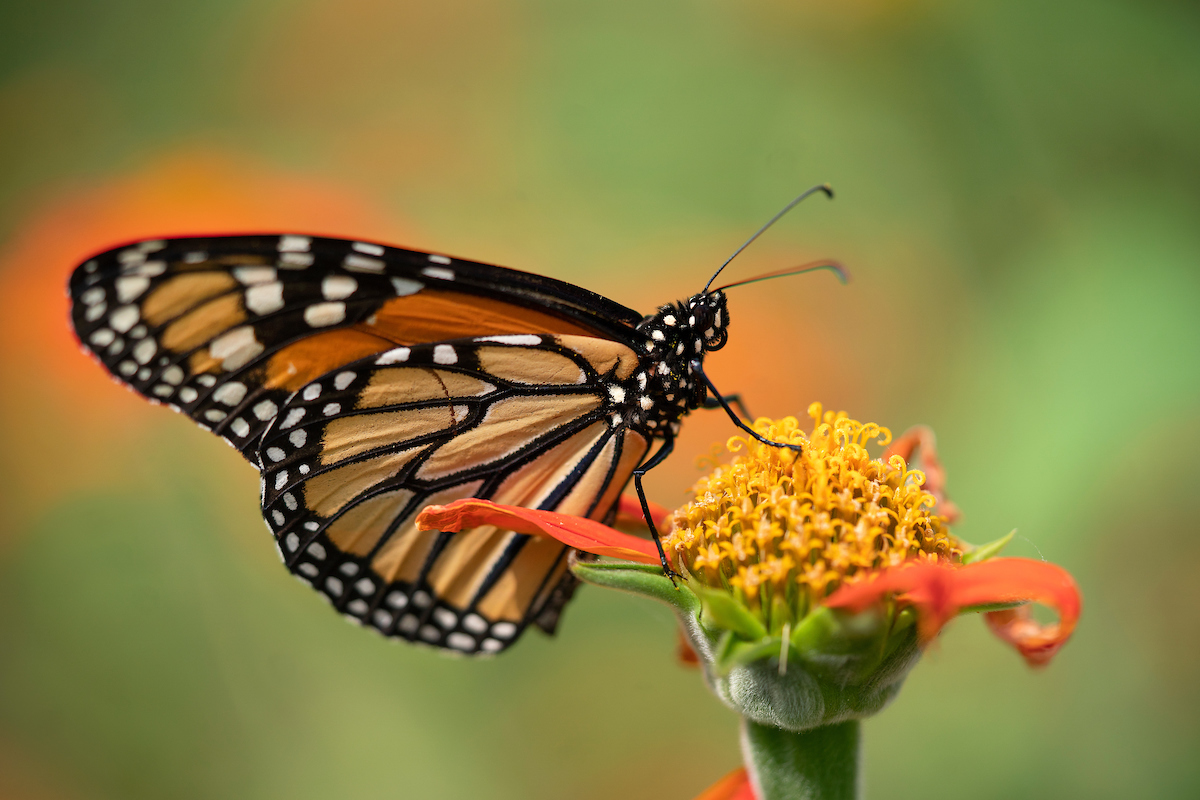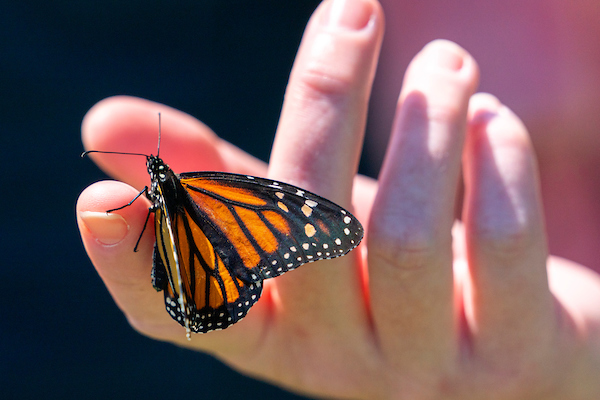Horticulturist: Grow bluebonnets instead of picking them
Writer: Laura Muntean, 979-847-9211, [email protected]
Contact: Dr. Larry Stein, 830-278-915, [email protected]
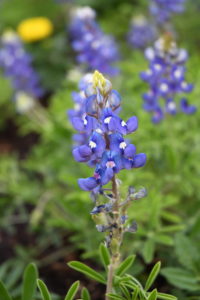
COLLEGE STATION — Picking bluebonnets is legal across the state, though some Texas cities ban it by ordinance. Still, a safe bet is “grow your own,” said Dr. Larry Stein.
Stein is a Texas A&M AgriLife Extension Service specialist and associate department head of horticulture in College Station.
Known as a biannual, bluebonnets germinate in the fall but bloom in the spring, he said. Fall is the best time to plant them, and with heavier fall rains, bluebonnets germinate well. Their seeds are known for a hard coat that can take years to germinate naturally, Stein explained. But seeds scarified to grow when planted are readily available online.
Often, the most prolific displays of color are seen alongside roads and highways.
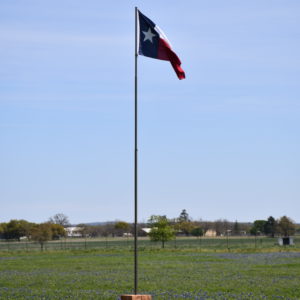
Stein said picking the flower on the side of the road is legal with the exception of certain cities. But the best policy is to avoid picking wildflowers altogether and to just grow them. At all costs, he said, avoid trespassing on private property.
Since bluebonnets are so easily accessible along the sides of roads, Stein advised those planning to stop to be safe when taking photos among the flowers. Park safely and choose easily accessible areas with low traffic.
Bluebonnets are a welcome sign of spring known throughout the state of Texas, and this year is no exception.
The blooming season tends to last about six weeks. This year started early, at the end of January and beginning of February; whereas they are typically seen closer to March.
Different colors of bluebonnets include pink, white, red and maroon, Stein explained. However, in order to maintain one specific color, isolate the color and pull out the other colors around it.
“All the colors want to be blue,” he said. “That’s how the other colors have been developed, by isolating those plants so that they only cross with themselves.
“Every bluebonnet plant that you see in nature is different from the other bluebonnet plants. Like a fingerprint, no two are the same.”
With the fall’s abundant rains and a bluebonnet’s natural ability to withstand formidable winters, this year’s show has been nothing short of spectacular, Stein said.
“In certain areas, there was a lot of rain in the fall, and in others the rain kind of stopped, which allowed the bluebonnets to flatten out, or rosette,” Stein said. “Because of the lack of rain, it allowed the bluebonnets to proliferate, and they are kind of the star of the show because they are up ahead of everything else.”
